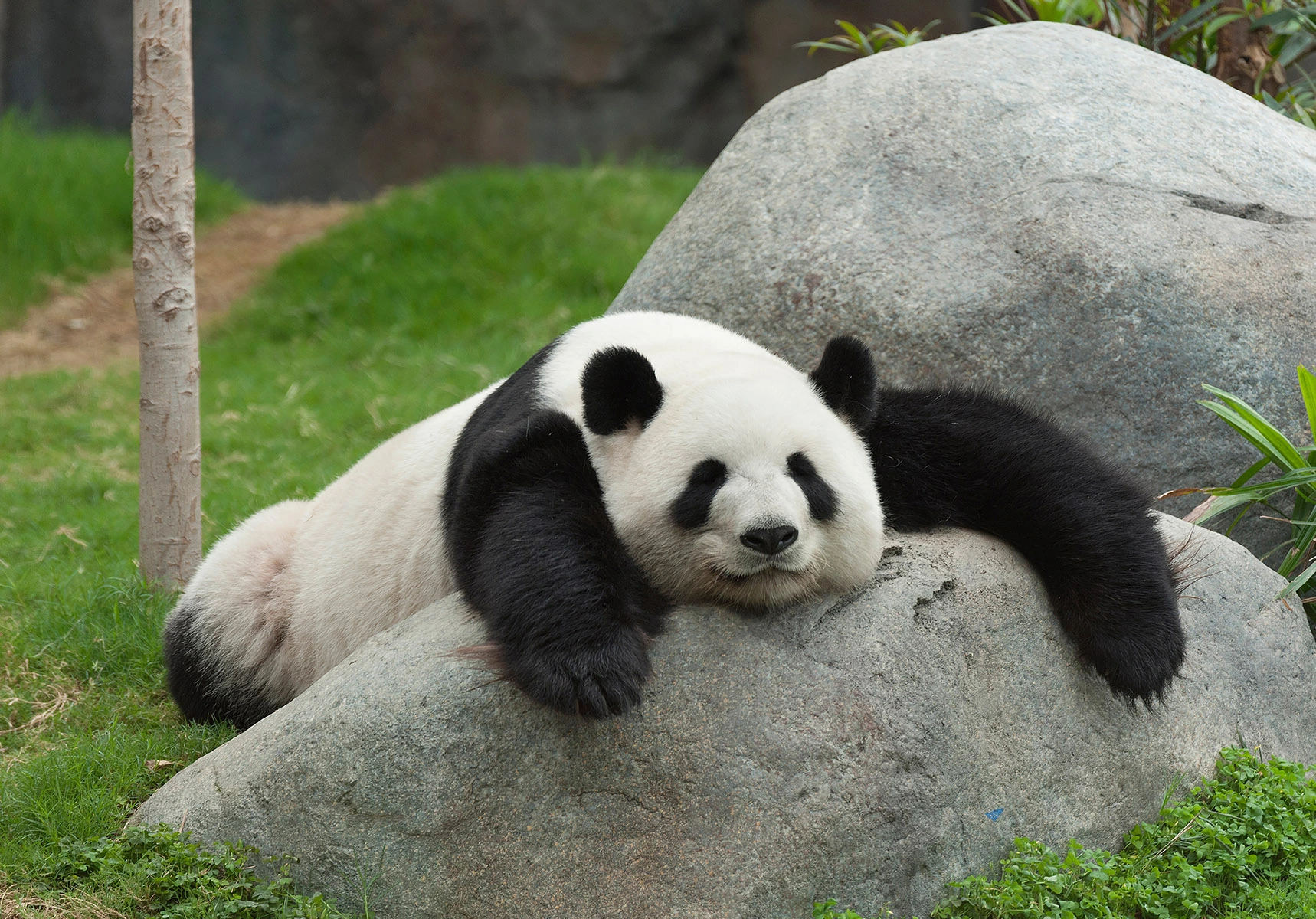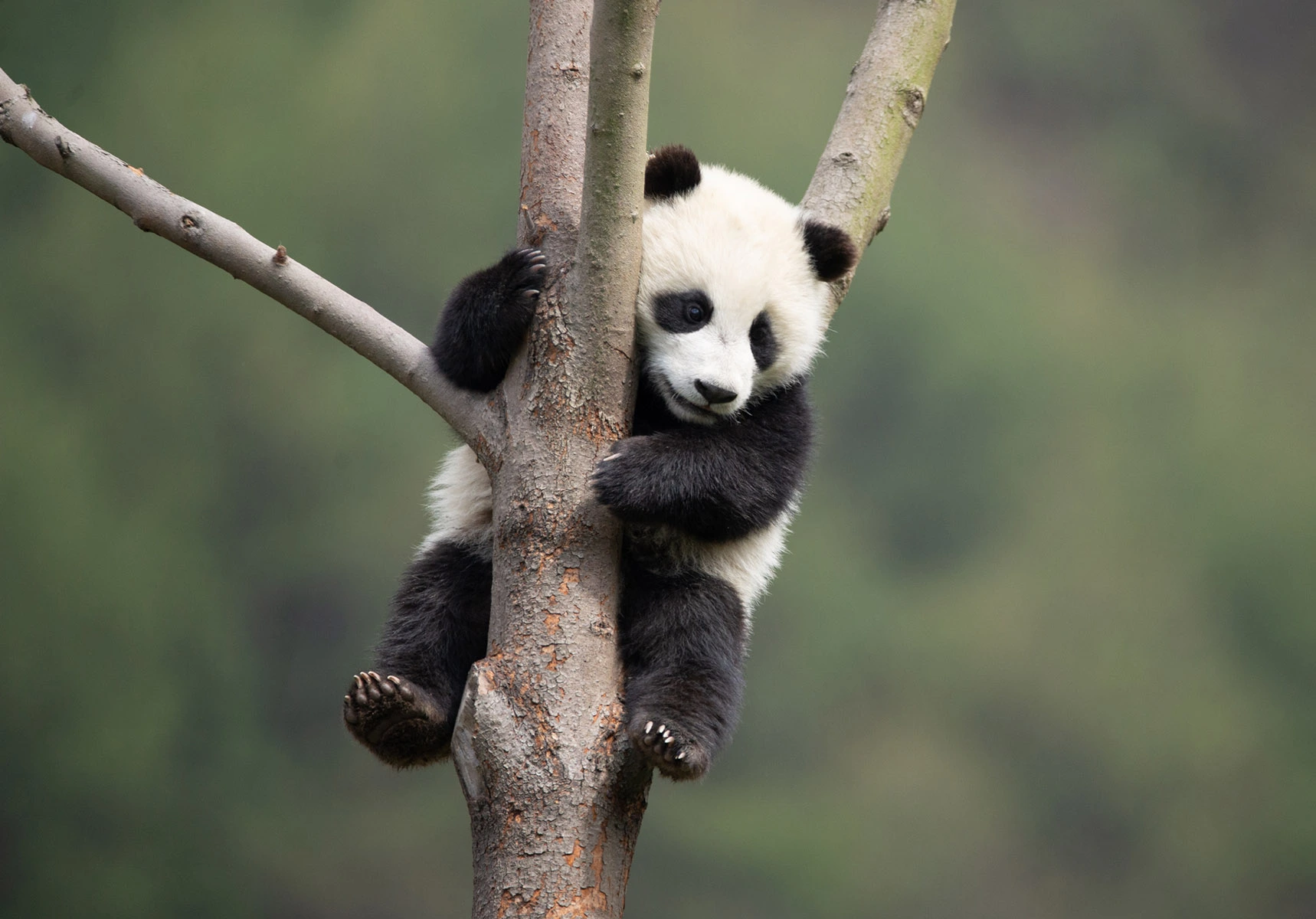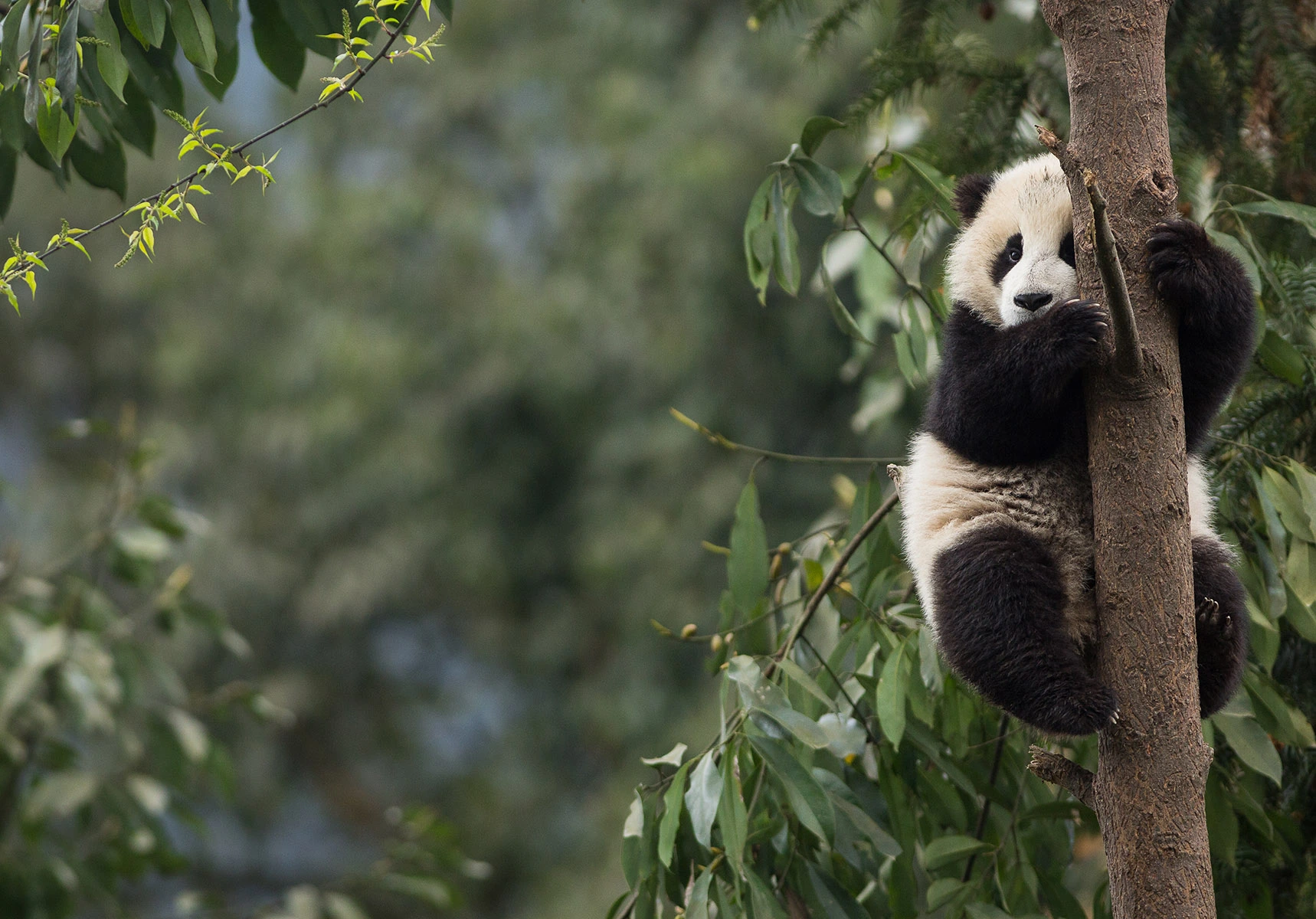Meet Ponya! Her name, inspired by the Nepali word for ‘bamboo eater,’ is a perfect fit for this lovable Giant Panda who’s never met a bamboo stalk she didn’t like!
Ponya’s family history goes way back—like, millions of years back! From the lush forests of ancient China to modern bamboo-covered mountains, she carries the legacy of her panda ancestors with pride. Her clever ‘thumb’ makes her a champion bamboo snacker, and her black-and-white coat? A fashion statement that never goes out of style!
While Ponya enjoys her peaceful mountain home, she knows it takes teamwork to keep it thriving. She’s a big fan of conservation and dreams of a future full of bamboo and harmony.
Ready to join Ponya on a bamboo-filled adventure? Let’s go!

Origin
Native to the mountainous regions of central China, particularly in Sichuan, Shaanxi, and Gansu provinces. Pandas primarily inhabit bamboo forests in these areas.
Risk Level
Medium, as giant pandas have been at risk due to habitat loss and low birth rates. However, dedicated conservation efforts have improved their status in recent years.
Species
Two recognized types: Giant panda (Ailuropoda melanoleuca), which is the well-known black-and-white bear, and the lesser-known Red panda (Ailurus fulgens), which is a small, tree-dwelling mammal.
Status
Giant pandas are classified as vulnerable by the IUCN Red List, a notable improvement from endangered. Conservation measures include habitat restoration, breeding programs, and protected reserves (e.g., Wolong National Nature Reserve).
Why is ‘Ponya’ important to the eco-system?
Pandas like Ponya are nature’s gardeners! When they munch on bamboo, they help thin out old plants, making room for new ones to grow!
But that’s not all! Ponya and other pandas also spread bamboo seeds through their droppings, helping forests regenerate. These forests aren’t just homes for pandas—they’re vital for tons of other species and even help keep our planet healthy by cleaning the air and storing carbon.
That’s why protecting Ponya’s bamboo forests is super important—not just for pandas, but for every creature in the ecosystem. Plus, a thriving bamboo forest helps fight climate change. So, let’s cheer for Ponya, the fluffy forest gardener!

Measuring the Risk of Extinction
A species is considered critically endangered if it has lost 80% or more of its geographic range, and has a greater than 50% chance of extinction over the next 10–100 years.
There are no giant panda populations currently classified as Critically Endangered. Decades of conservation efforts have successfully increased their numbers, though certain localised groups remain at significant risk due to habitat fragmentation and limited genetic diversity.
According to the IUCN, 0 panda populations are categorised as Critically Endangered. [source]
A species is considered endangered if it has lost more than half of its geographic range, and has a greater than 20% chance of extinction over the next 10–100 years.
Giant pandas were previously classified as Endangered but have been reassessed to a lower risk category due to successful conservation programs, including habitat restoration and anti-poaching measures. However, habitat loss from deforestation and climate change continues to threaten some populations, and vigilance is necessary to prevent future declines.
According to the IUCN, 0 panda populations are currently categorized as Endangered. [source]
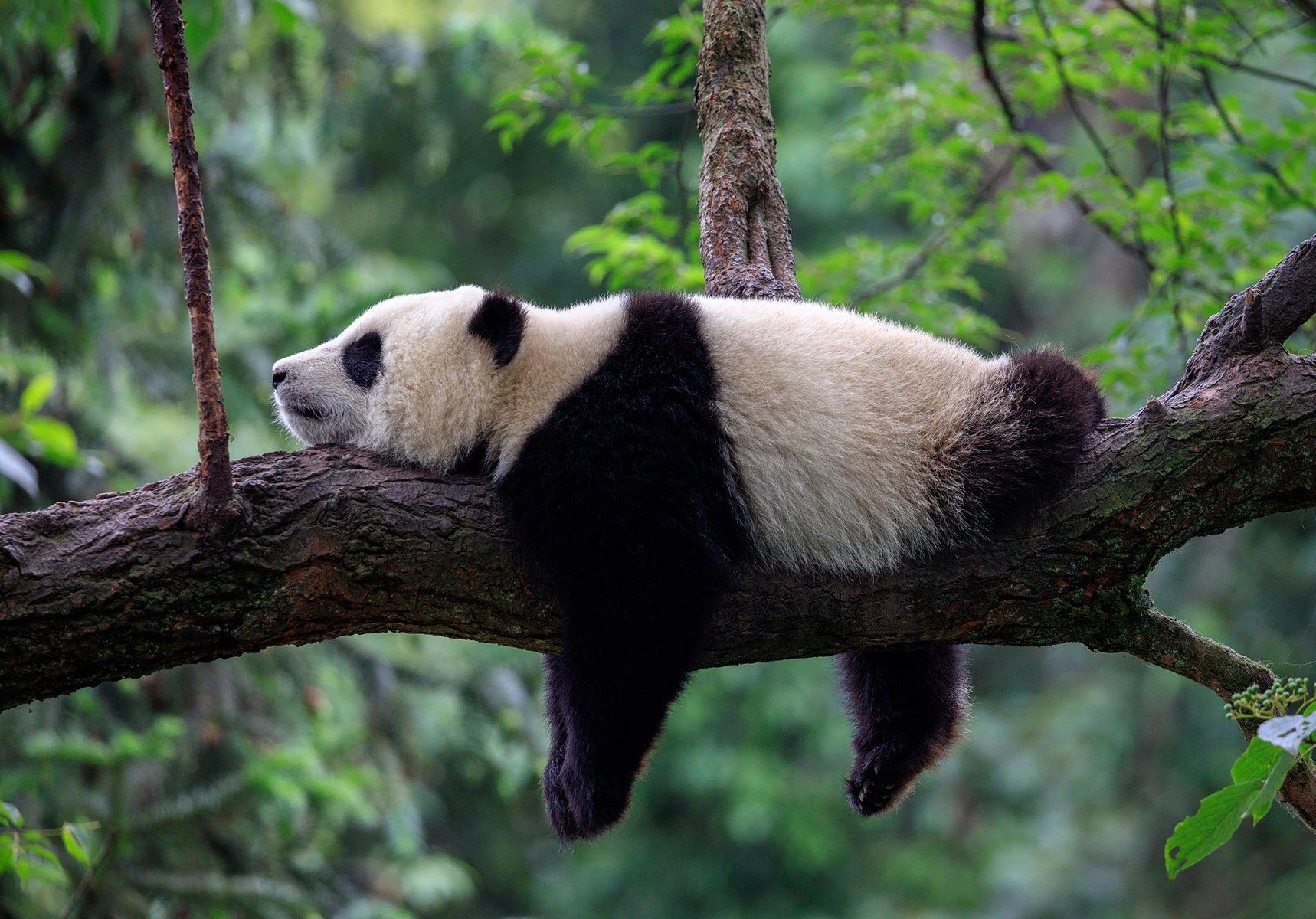
A species is considered vulnerable if there is a greater than 10% chance that it goes extinct in the wild within 100 years.
Giant pandas as a species are currently classified as Vulnerable. With fewer than 1,900 individuals living in the wild, their survival depends on the preservation of bamboo forests, their primary food source, and the establishment of protected habitats. Conservation measures, such as breeding programs and wildlife corridors, have been critical in stabilizing and increasing their population.
According to the IUCN, pandas as a whole are listed as Vulnerable. [source]
A species is close to meeting the definition of endangered, vulnerable, or critically endangered based on recent trends.
There are no panda populations classified as Near Threatened. Despite the progress made in conservation, pandas still face significant challenges from climate change, habitat loss, and the slow growth of bamboo, which could reverse their population gains without continued efforts.
According to the IUCN, 0 panda populations are categorized as Near Threatened. [source]
A species is widespread, abundant, and not threatened with extinction.
There are no panda populations classified as Least Concern. The species remains dependent on dedicated conservation programs to ensure its long-term survival, and any relaxation of efforts could lead to a decline in their numbers.
According to the IUCN, 0 panda populations are considered Least Concern. [source]
Measuring the Risk of Extinction
A species is considered critically endangered if it has lost 80% or more of its geographic range, and has a greater than 50% chance of extinction over the next 10–100 years.
There are no giant panda populations currently classified as Critically Endangered. Decades of conservation efforts have successfully increased their numbers, though certain localized groups remain at significant risk due to habitat fragmentation and limited genetic diversity.
According to the IUCN, 0 panda populations are categorized as Critically Endangered. [source]
A species is considered endangered if it has lost more than half of its geographic range, and has a greater than 20% chance of extinction over the next 10–100 years.
Giant pandas were previously classified as Endangered but have been reassessed to a lower risk category due to successful conservation programs, including habitat restoration and anti-poaching measures. However, habitat loss from deforestation and climate change continues to threaten some populations, and vigilance is necessary to prevent future declines.
According to the IUCN, 0 panda populations are currently categorized as Endangered. [source]
A species is considered vulnerable if there is a greater than 10% chance that it goes extinct in the wild within 100 years.
Giant pandas as a species are currently classified as Vulnerable. With fewer than 1,900 individuals living in the wild, their survival depends on the preservation of bamboo forests, their primary food source, and the establishment of protected habitats. Conservation measures, such as breeding programs and wildlife corridors, have been critical in stabilizing and increasing their population.
According to the IUCN, pandas as a whole are listed as Vulnerable. [source]
A species is close to meeting the definition of endangered, vulnerable, or critically endangered based on recent trends.
There are no panda populations classified as Near Threatened. Despite the progress made in conservation, pandas still face significant challenges from climate change, habitat loss, and the slow growth of bamboo, which could reverse their population gains without continued efforts.
According to the IUCN, 0 panda populations are categorized as Near Threatened. [source]
A species is widespread, abundant, and not threatened with extinction.
There are no panda populations classified as Least Concern. The species remains dependent on dedicated conservation programs to ensure its long-term survival, and any relaxation of efforts could lead to a decline in their numbers.
According to the IUCN, 0 panda populations are considered Least Concern. [source]
100% Recycled: Head to Toe!

The fabric
We scour the best recycled material fabrics so that our plush always feels premium and soft to the touch!
Hang Tag
The Hangtag is made of recycled paper and attached with a Recycled Polyamide attacher.
Embroidery
Even our threads are recycled! They are extensively used in creation of adorable eyes!
Fiber Fill
What’s inside? Well it’s recycled, super soft, hypo-allergenic fiber!
Call of the Wild: Learning Den
Let’s get inspired to reconnect with nature! Discover cool facts about amazing animals, their families, and why they’re so important for keeping our planet wild and beautiful. It’s time to learn, explore, and take action to protect the incredible creatures that share our world.
6
330
40
Come over to the shade and have some bamboo snack!

Fun Facts: Nature Nuggets!

Did you know Pandas have a special way of saying “Hello”? They do a handstand and leave a scent mark as high as possible! It’s like their version of writing a message in the Sky!

“Babmoo Buffet” Pandas eat a LOT of bamboo – up to 40 pounds a day! Talk about eating your veggies!

“Sleepy Heads” Pandas love to nap. They sleep about 12 hours a day! Because they’re bamboo-zled by all that munching!

